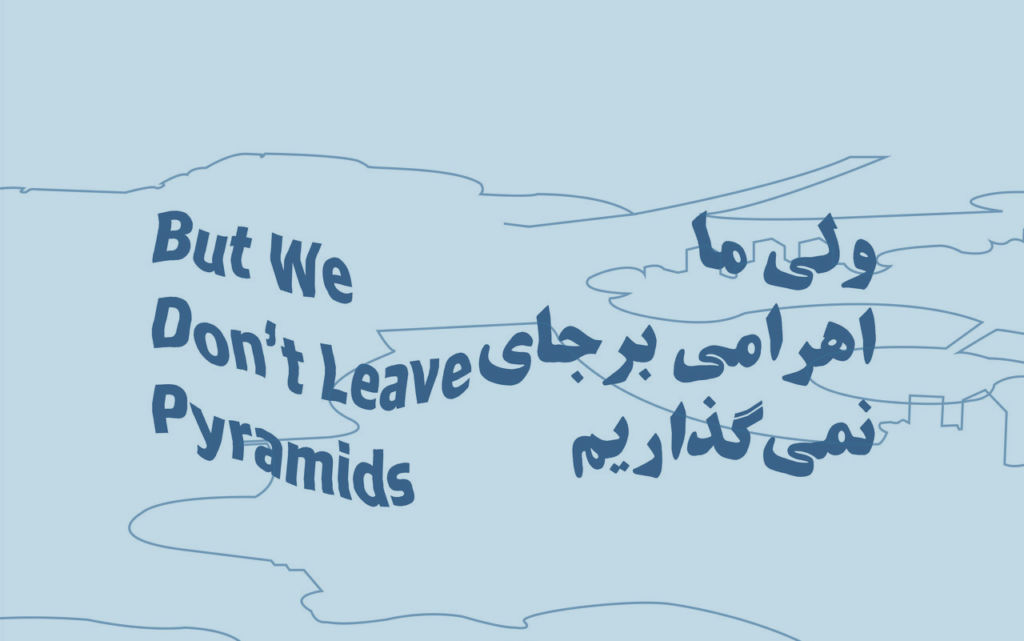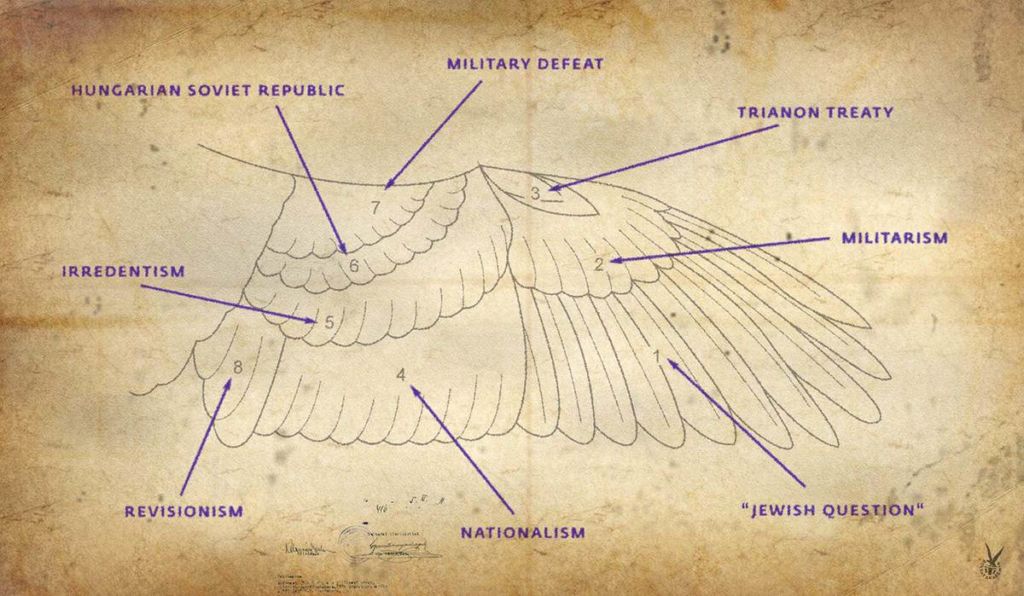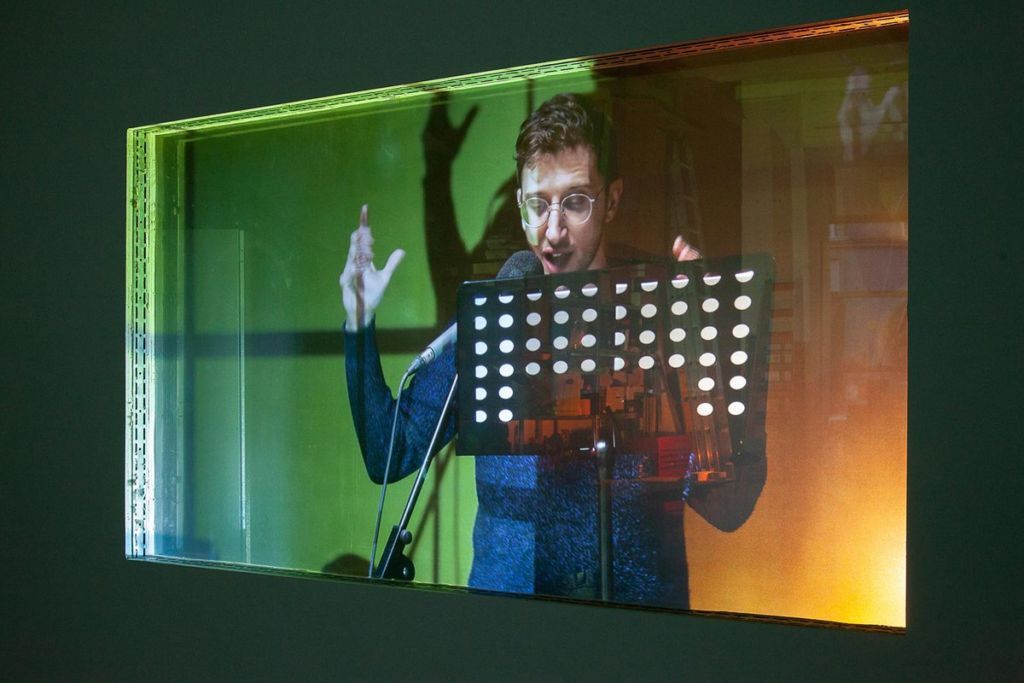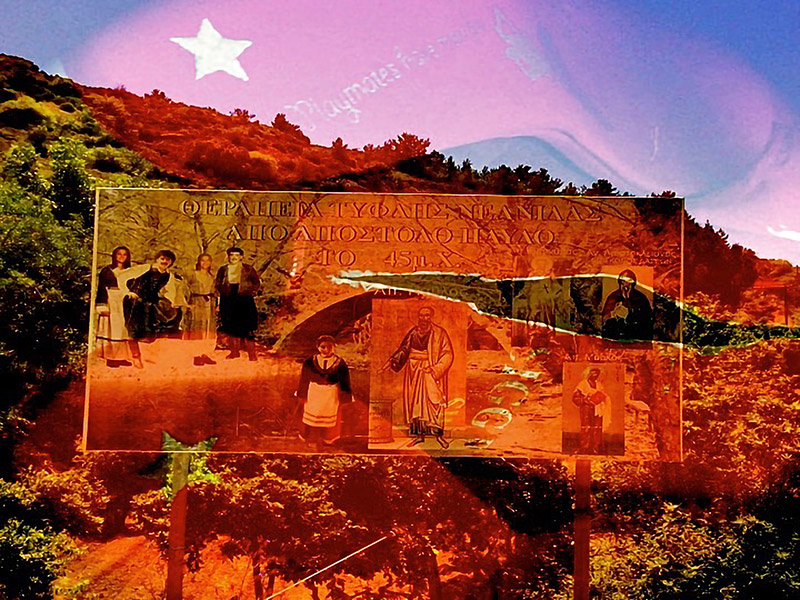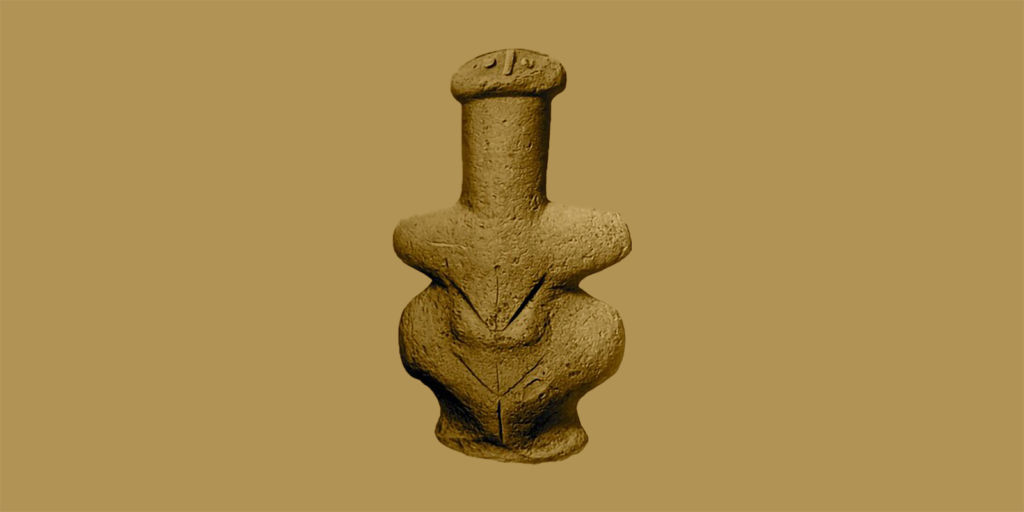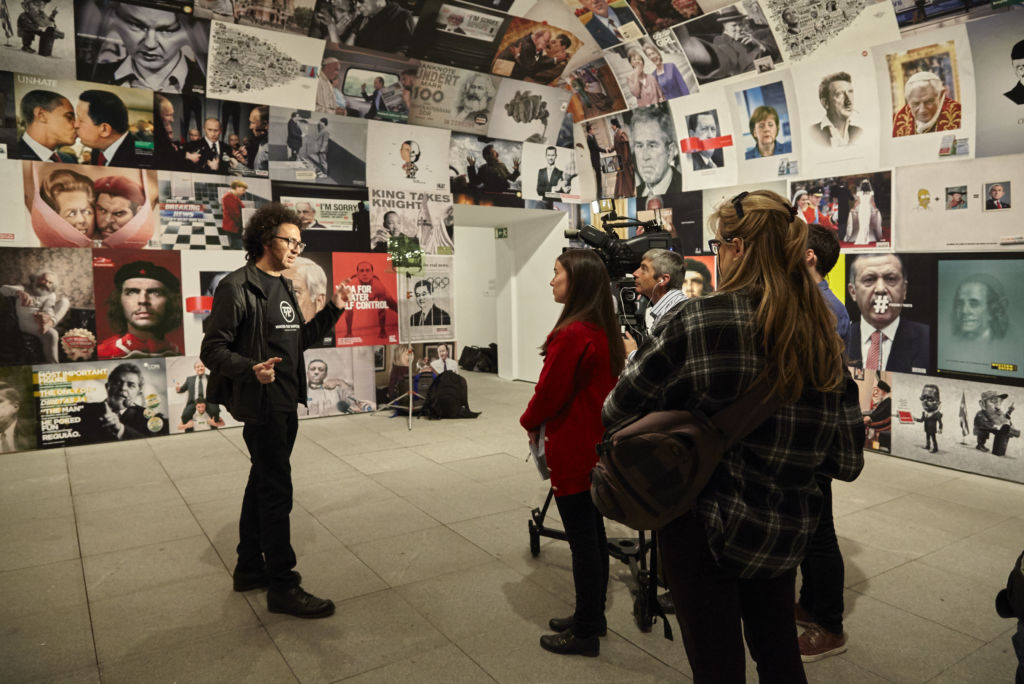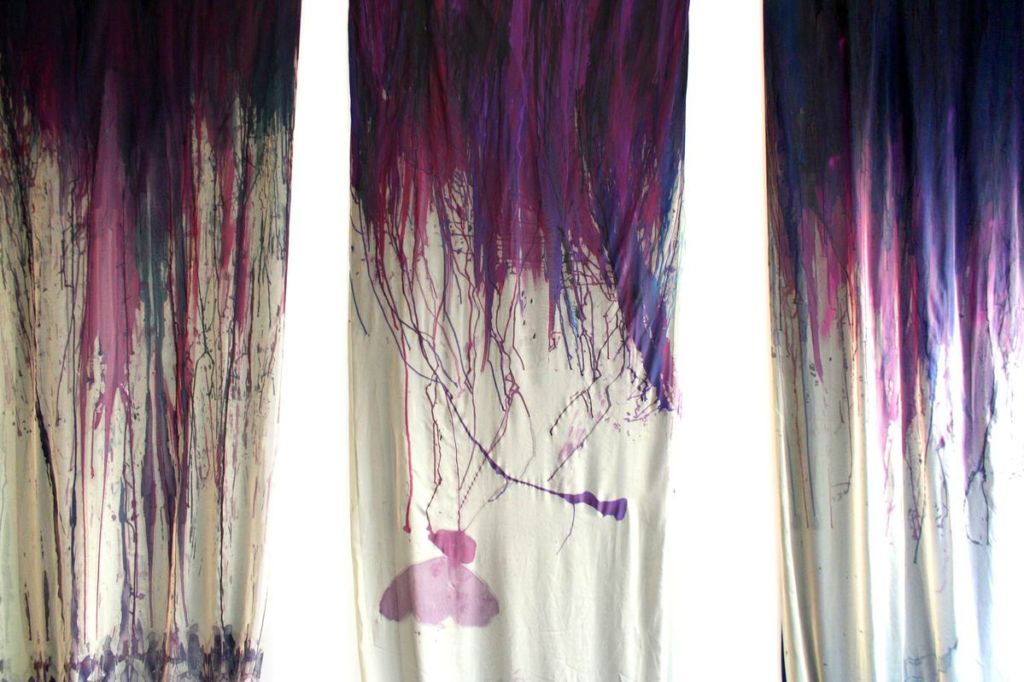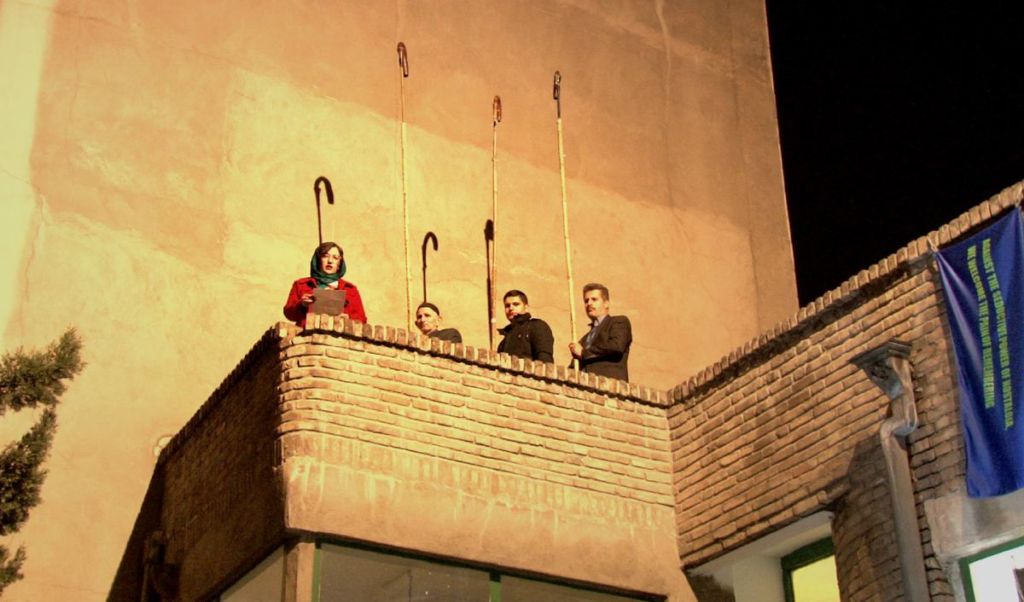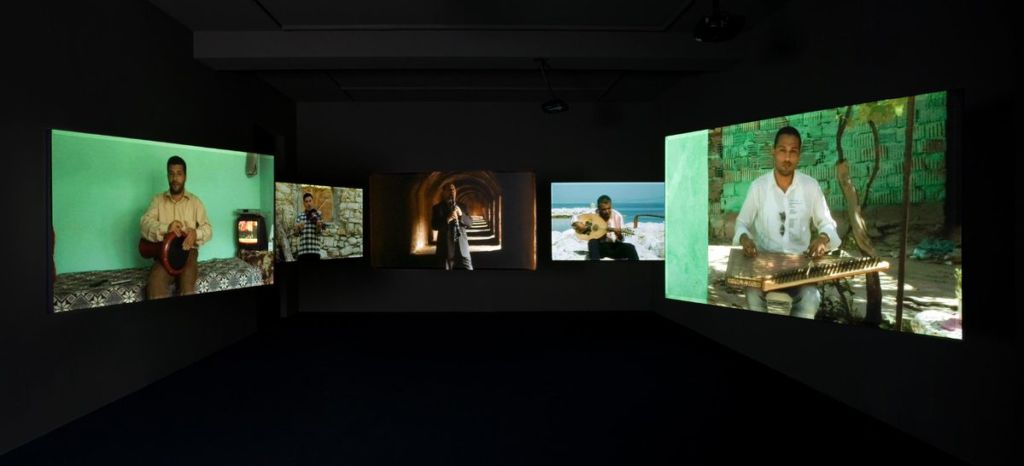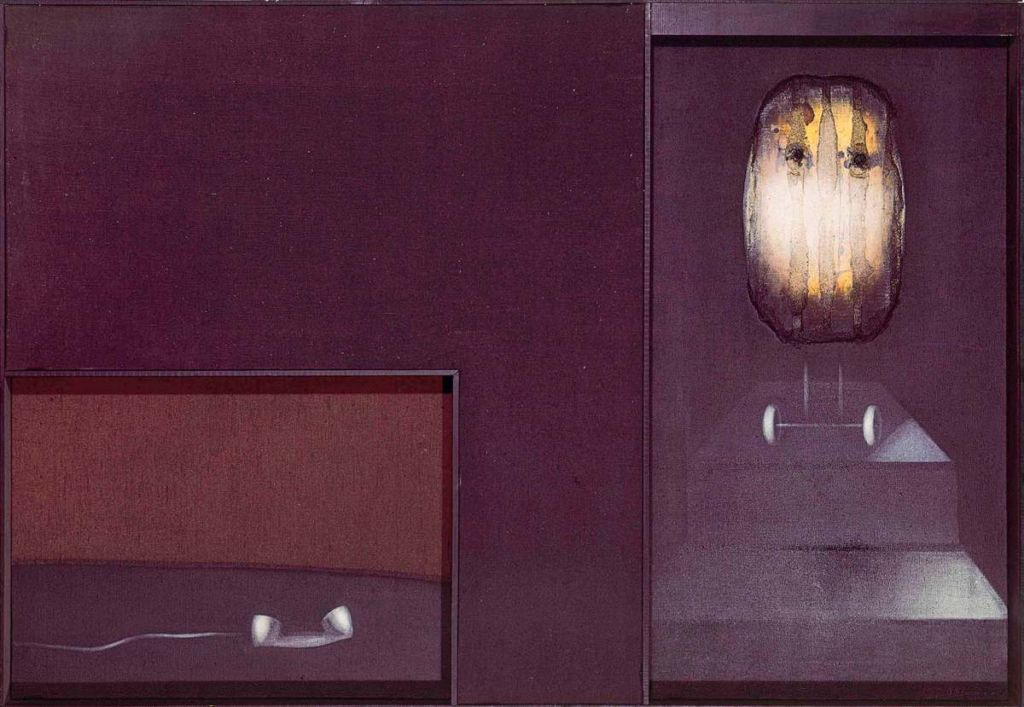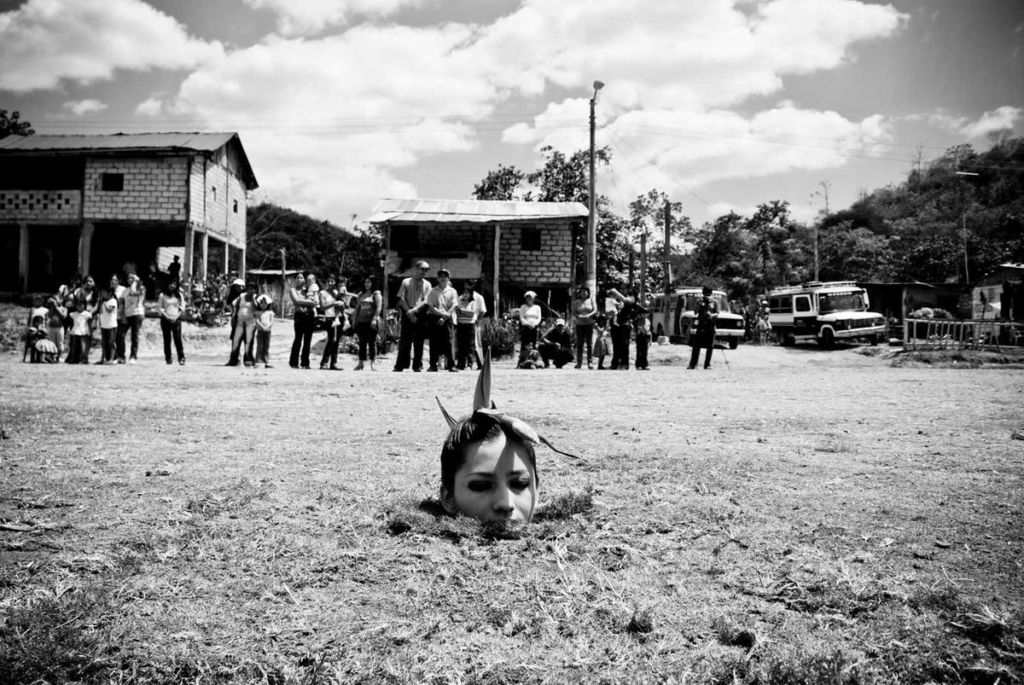Curatorial in Other Words is an ongoing research-based project that I launched in 2016 in collaboration with Charsoo Honar institution in Tehran to study both practical and discursive aspects of curatorial practice today in both local and global contexts. By inviting curators, artists, scholars and cultural practitioners from different backgrounds, a platform was created to collectively exercise self-reflexive processes of thinking about the curatorial as a translational practice. This was set to investigate social structures of cultural and creative processes while unpacking the questions on authorial voice of translator/curator. The text below gives a series of critical reflections on one of the lectures presented by Professor Nasser Fakouhi at Tehran Curatorial Symposium #2, on Saturday 5th January 2019, titled: “Bubbles, Islands and the Turbulent Sea, Curation: the limits of liberty and authoritarianism”.
Janet Wolff, 1984, The Social Production of Art, New York : New York University Press, p. 9
Gerald Raunig, 2016, Dividuum, Machinic Capitalism and Molecular Revolution, South Pasadena : Semiotext(e), p.11
Ibid.
Nasser Fakouhi, extraits de Bubbles, Islands and the Turbulent Sea, Curation: the limits of liberty and authoritarianism, présentation magistrale, Tehran Curatorial Symposium #2, Janvier 2019
Stefan Nowotny, 2013, The Curators Crosses the River: A Fabulation, in The Curatorial, A Philosophy of Curating, ed. Jean Paul Martinon, Londres, New Delhi, New York, Sydney : Bloomsbury, p.61
Ibid.
Cette publication regroupe une série de conférences données par Bourdieu au Collège de France en 1999 et 2000 sur le cas exemplaire du Déjeuner sur l’herbe d’Édouard Manet (1862).
Claire Raymond, 2018, Manet: A Symbolic Revolution Pierre Bourdieu, Art Inquiries, Vol. 17, N° 3
Pierre Bourdieu, 1993, The Field of Cultural Production, New York : Colombia University Press, p. 261
Irit Rogoff, 2013, The Expanded Field, in The Curatorial, A Philosophy of Curating, Londres, ed. Jean Paul Martinon, Londres, New Delhi, New York, Sydney : Bloomsbury, pp. 41-48
Janet Wolff, 1984, Social Structure and Artistic Creativity, in The Social Production of Art, New York : New York University Press, pp. 9-25
The Anthropology and Culture is an independent institute founded by Nasser Fakouhi in Iran. Initially this project started as online project and gradually turned into an independent body within the faculty of Social Sciences at Tehran University with the aim to create an interdisciplinary as well as a cross-disciplinary process-based and educational platform. This is organised through linking different cultural spheres with a critical approach to incorporating outputs from both academic and non-academic systems. Such relationship in Iran is not a usual nor a rooted form of practice. Mostly those who work at the academic system are quite bounded within their own circles, while self-governing institutes usually remain independent of the academia. Even though many important social and educational changes have occurred in Iran’s post-revolution era, the interdisciplinary approach has not been part of their agenda. Furthermore, the hierarchical system within the academia create even more division between fellow academicians of different areas. For instance, the relationship between the professors, master students and those at the bachelor level is customarily ranked and classified to the extent of lingual affects.
From another perspective, different cultural spheres are systematically organised under the cultural ministry, but the majority of them are utterly divided and disconnected in their functionalities. The Society of Iranian Painters, the Society of Iranian Sculptures, the Society of Iranian Graphic Designers, and other similar cultural institutions are funded by the Ministry of Culture and Islamic Guidance (MCIG). The common structure within which almost all cultural activities happen is a shared framework that according to the MCIG webpage is accountable for restricting access to any media that violates Islamic ethics or promotes values alien to the Revolution in 1979. Even though the possibility of collaboration between theses bodies is not restricted within the authoritarian strategical framework, nevertheless the interdisciplinary mode seems to be an unfamiliar attitude. The independent and privately funded art foundations are also not interested in collaborative formats and rather prefer to keep their positions as the ‘sole patron’ and/or ‘exclusive producer’ of the artistic and cultural activities with which they engage. The art fairs (i.e. Teer Art), and art festivals (i.e. Fajr Festival) seem to be the mere examples of collaborative formats whence commercial and national interests respectively are the high-pitched motives. Of course, the existence of social and institutional structures enables the cultural activities, too it pertains acts of conformity and acts of rebellion. As the academic scholar Janet Wolff suggests “practical activity and creativity are in mutual relation of interdependence with social structures.”1
Probable Flaws and Power-Related Problematics
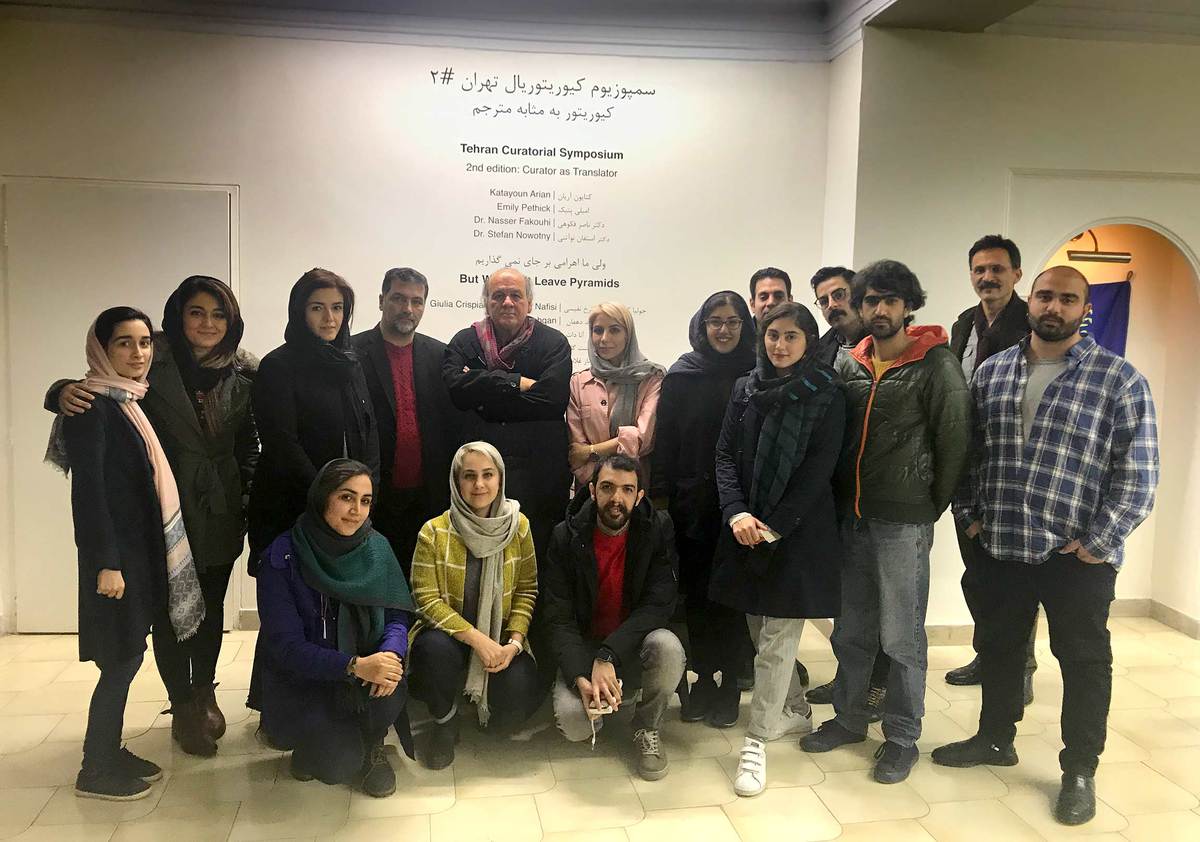
Nasser Fakouhi (fifth person standing from left to right) with a group of participating audience and organisers of Tehran Curatorial Symposium #2, January 2019
The problem is how ‘individual’ has taken the foremost model for contemporary art and cultural operations while conformity and obedience are the ultimate outcome? How and where to find the potential to recognise noncompliant and resist divided, disconnected and distanced terrain of art? The philosopher Gerald Raunig, in his book Dividuum, argues how much “dividuality” is answerable for the corruption and utilisation occurring under the contemporary machinic system. “The raging middle of dividual applies not only to writing and speaking, the text-machines, the academic machines, the literary desiring machines. The body machines, the social machines, the revolutionary machines, the abstract machines, and their mutual con- and disjunctions also meet and separate in the dividual middle.”2 On a positive note, Rauing recognises an encouraging aspect within such machinic and divided terrain for a new kind of resistance presented by the individuality as an opportunity that can be understood in form of “con/division” : “Beginning in the middle, not at a point, but rather on the line. Drawing the line and being drawn by it, balancing on it in the middle of struggles.”3
To reiterate on the institutes of Anthropology and Culture’s programme, the complications for operating in cross-cultural and inter-disciplinary modes multiply onto various stages and different means of knowledge production. In these regards ‘cultural curation’ as a process of sifting, selecting and transmuting within the creative fields turned to be a useful methodology taken up by some organisations such as the above programme. As Nasser Fakouhi argues, the cyber revolution with the possibilities of producing, transmitting and exchanging cognitive and language spheres in less than two decades created an agitated condition and for some time. One thought that search engines and their structural and cognitive innovations could be a solution to it. “In any case, we are always faced with a type of arbitrarily and authoritarian approach.”4 The concerns here is to examine the reasons which bring us to the current situation and think about a practical way out of it. Hence, probable flaws and power-related problematics in processes of ‘cultural curation’ must be addressed and critically examined.
A Blurry Field of Complexities, Complications and Complicities
Modern ‘curators’ particularly those who work with museums or similarly structured art-institutes have diverse set of activities today. Within the European context almost 100 years ago ‘curators of public affairs’ or ‘common wealth’ had a more politically active role in the society. “These ‘curators of public affairs’ were in fact representative of the Imperial Roman government, whose main task was to maintain public order and look after the finance of the city they were deputed to govern.”5 On a more contemporary and global context, from one perspective curator’s role today has been narrowed down to upkeeping the museum’s collections, artefacts or objects based their significance and values. From another perspective, role of curators has expanded onto combination of caring as well as selecting, arranging and representing those artworks, objects, and research-based materials as means for knowledge production. Nevertheless, viewing different aspects of ‘curating’ now implies “a blurry field of complexities, complications and complicities.”6
Against the backdrop of the French sociologist Pierre Bourdieu’s book titled Manet: A Symbolic Revolution7, Fakouhi discusses the importance of sociology of art and inseparability of conditions which allow fields of cultural productions to emerge. By criticising art historical methodologies as often corrupt and bounded in lines of analogy, Bourdieu claims how art has no meaning outside the social parameters of its reception. Developing the argument of a “dispositional aesthetics”, Bourdieu underlines the rebellion act of Manet against the strict framework of Salon academic painting. Even though Manet never intended to create revolutionary art, but “he was disposed to create art that expressed precisely his class at that juncture in history.”8 The power of ‘individual taste’ builds on the issues of social inequality, thus, to perceive a larger scope of social importance studying patterns of cultural and political structures is essential. Furthermore, the analytical approach in the reading of Manet’s painting, Bourdieu departs towards a more discursive space of art and cultural production:
“The subject of the production of the artwork- of its value but also of its meaning- is not the producer who actually created the object in its materiality, but rather the entire set of agents engaged in the field. Among these are the producers of works, classified as artists…critics of all persuasions…collectors, middlemen, curators, etc.; in short, all those who have ties with art, who live for art and, to varying degrees, from it, and who confront each other in struggles where the imposition of not only a world view but also a vision of the art world is at stake, and who through these struggles, participate in the production of the value of the artists and of art.”9
To take on a multidisciplinary methodology is to read, analyse, and intervene in the existing power relations through art and cultural outcomes, not only an ‘expanded filed’10 of investigation is requited, but also, a non-authoritarian agency. In other words, the shift from the primary role of artists, critics, and curators to collective curatorial processes is not only a changing perception on positionality of the agents but viewing the complexities of the fields of artistic and cultural productions differently. Whilst such fields are located in and are also affected by social structures of societies we live in, changing our perception or withdrawing from social structures do not necessarily mean disconnecting from those structures. On the contrary, the existence of institutions, as mentioned earlier, allows us to find other potentialities and generate acts of resistance within those oppressive social structures. And finally, as Janet Wolff recommends there is a relationship between social structures and individual action, whether that action is creative or innovative, which arises in conjunction with other structural determinants and conditions.11
Cover: Poster for the Tehran Curatorial Symposium #2, January 2019
1.Janet Wolff, 1984, The Social Production of Art, New York : New York University Press, p. 9
2.Gerald Raunig, 2016, Dividuum, Machinic Capitalism and Molecular Revolution, South Pasadena : Semiotext(e), p.11
3.Ibid.
4.Nasser Fakouhi, excerpts from “Bubbles, Islands and the Turbulent Sea, Curation: the limits of liberty and authoritarianism”, lecture presentation, Tehran Curatorial Symposium #2, January 2019
5.Stefan Nowotny, 2013, The Curators Crosses the River: A Fabulation, in The Curatorial, A Philosophy of Curating, ed. Jean Paul Martinon, Londres, New Delhi, New York, Sydney : Bloomsbury, p.61
6.Ibid.
7.This publication is compiled of a series of lectures given by Bourdieu at the College de France in 1999 and 2000 on the exemplary case of Édouard Manet’s painting Luncheon on the Grass (1862).
8.Claire Raymond, 2018, Manet: A Symbolic Revolution Pierre Bourdieu, Art Inquiries, Vol. 17, N° 3
9.Pierre Bourdieu, 1993, The Field of Cultural Production, New York : Colombia University Press, p. 261
10.Irit Rogoff, 2013, The Expanded Field, in The Curatorial, A Philosophy of Curating, Londres, ed. Jean Paul Martinon, Londres, New Delhi, New York, Sydney : Bloomsbury, pp. 41-48
11.Janet Wolff, 1984, Social Structure and Artistic Creativity, in The Social Production of Art, New York : New York University Press, pp. 9-25
